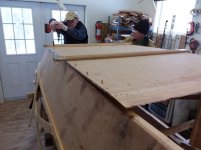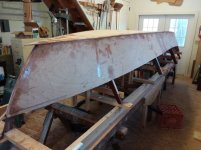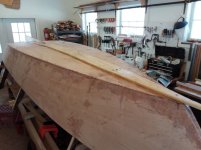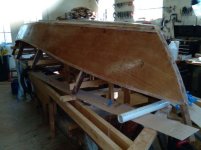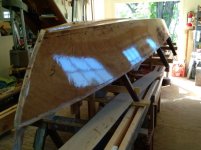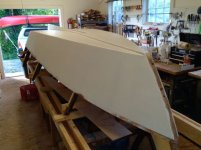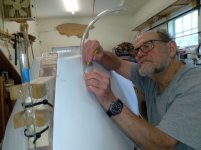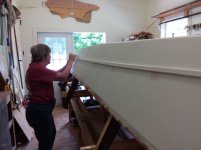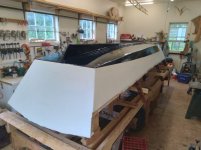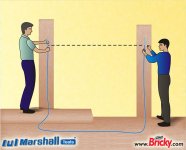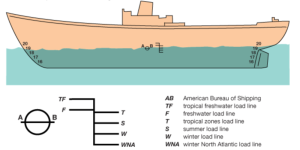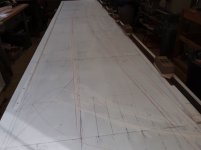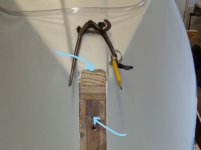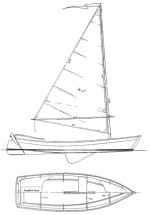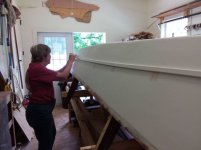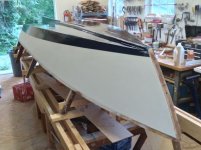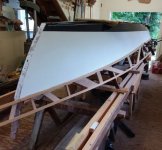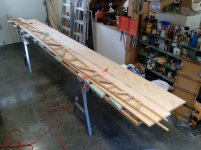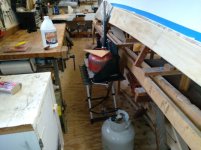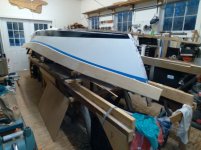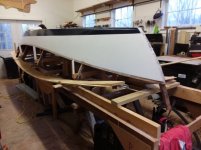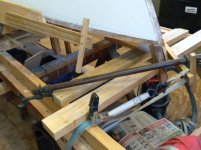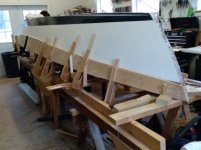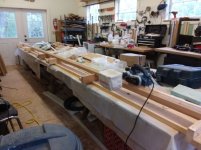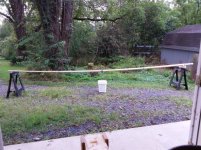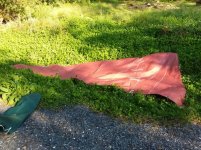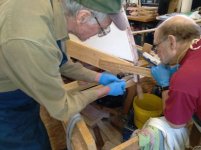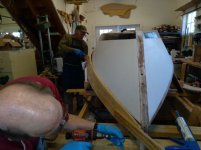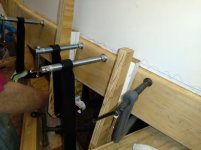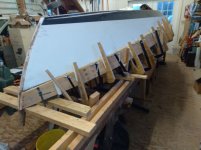The title of this forum says it includes "other small boats if using wood, composite or other techniques applicable to canoes."
So, here is my thread on the WoodenBoat forum about building a 15 foot sailing skiff designed by naval architect Karl Stambaugh: http://forum.woodenboat.com/showthr...ugh-Sailing-Skiff-Build-in-Virginia-Mountains
The boat is a 15 foot flat bottomed skiff for sailing and (sometimes) rowing. It is a Chesapeake Bay crabbing skiff modified for contemporary recreational use. I'm using lots of techniques transferable to canoe building, including: lofting, scarfing, and working with epoxy. I will put duplicate posts on this site from time to time, but since there are already 10 pages and two years' work on the WB forum, I won't go back to the beginning.
Hope you guys enjoy it!
So, here is my thread on the WoodenBoat forum about building a 15 foot sailing skiff designed by naval architect Karl Stambaugh: http://forum.woodenboat.com/showthr...ugh-Sailing-Skiff-Build-in-Virginia-Mountains
The boat is a 15 foot flat bottomed skiff for sailing and (sometimes) rowing. It is a Chesapeake Bay crabbing skiff modified for contemporary recreational use. I'm using lots of techniques transferable to canoe building, including: lofting, scarfing, and working with epoxy. I will put duplicate posts on this site from time to time, but since there are already 10 pages and two years' work on the WB forum, I won't go back to the beginning.
Hope you guys enjoy it!

